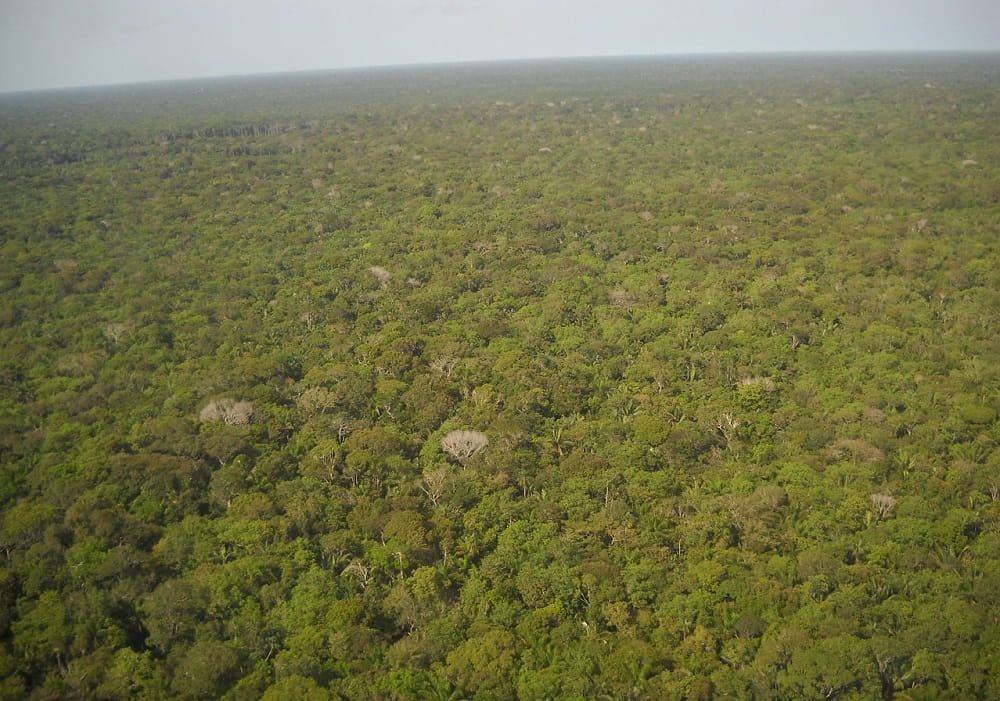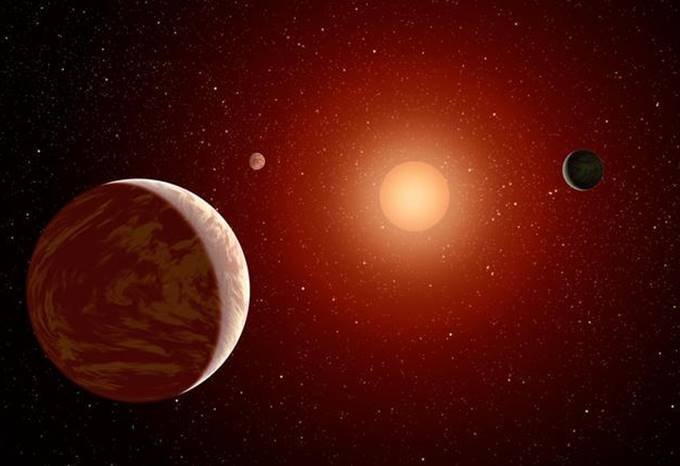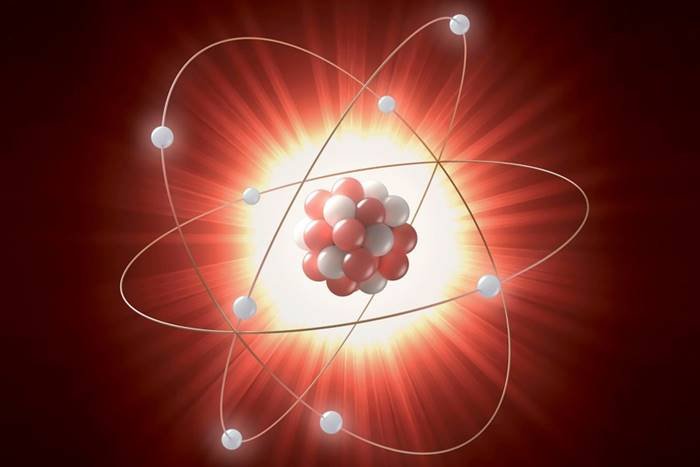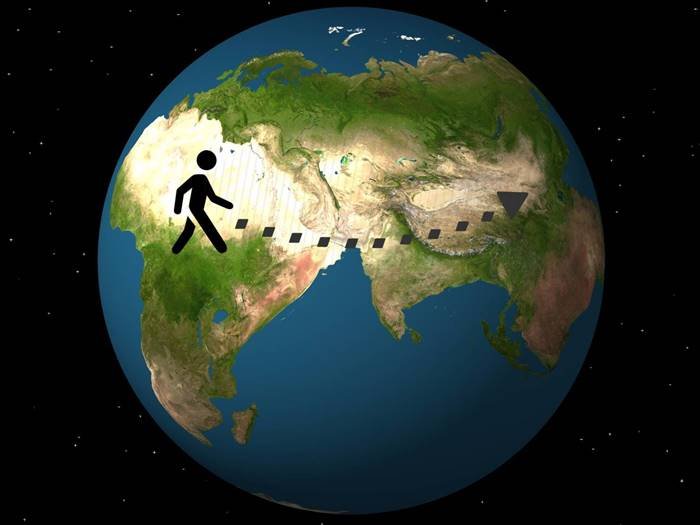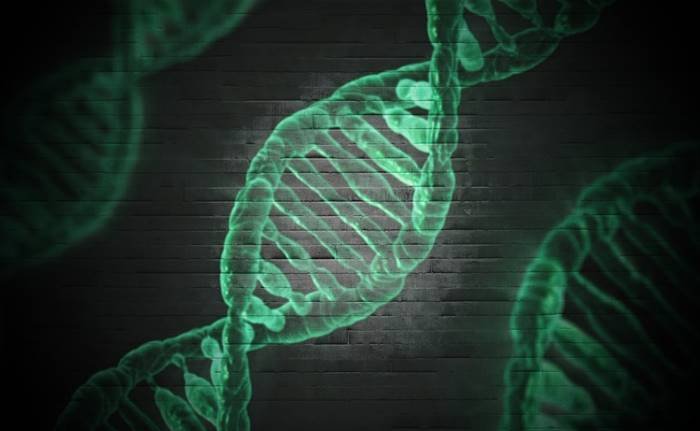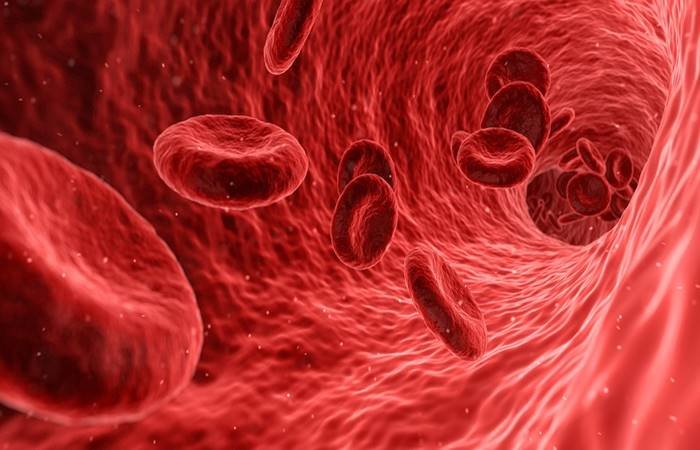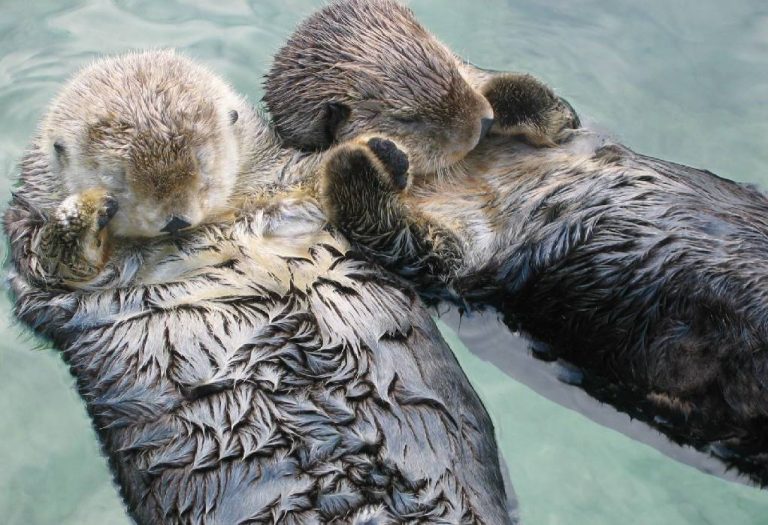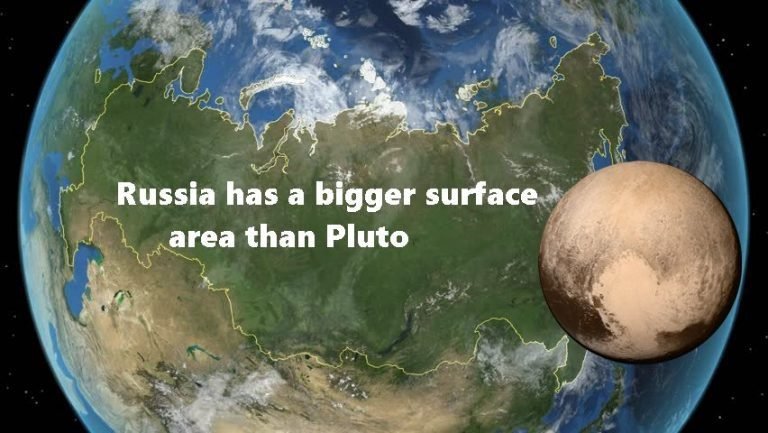10 Amazing Scientific Facts that Will Blow your Mind
Last Updated on 29th March 2023 by admin
Science is a field of study that encompasses a vast array of knowledge and discovery. From the tiniest particles that make up the universe to the complex workings of the human brain, there is always something new and fascinating to learn. In this article, we will explore some of the most amazing science facts that are sure to inspire wonder and awe. From mind-bending physics to astonishing biology, these facts will leave you with a newfound appreciation for the natural world and the incredible discoveries that scientists have made throughout history. So sit back, relax, and prepare to be amazed by the fascinating world of science and check our 10 amazing science facts that will blow your mind:
1) Amazon Forest is the Lungs of the Earth
The Amazon is the largest rainforest in the world covering an area of 2.7 million square miles (6.7 million sq km). One of the most interesting things is its ability to produce oxygen and absorb carbon dioxide, which helps regulate Earth’s climate. The Amazon rainforest is often referred to as the “Lungs of the Earth”.
The Amazon rainforest covers nine countries: Brazil, Peru, Colombia, Bolivia, Venezuela, Suriname, Guyana, French Guiana, and Ecuador. The Amazon River, which runs through the rainforest, is the largest river in the world by volume and carries more water than any other river.
2) The Journey of Photons
As we already know that all the light, we see is made up of a collection of photons that propagate in space which consists of electromagnetic waves. But the interesting thing is that it can take 40,000 years for a photon to travel from the core of the Sun to its surface, but it takes only 8 minutes to reach the rest of the Earth.
The photons are constantly being absorbed and re-emitted by the atoms in the Sun’s plasma, which slows down their progress. This process, known as radiative transfer, can take thousands of years to complete.
3) The Fundamentals of Atoms and their Properties
Everything in the world is made of atoms, an atom is the smallest particle of an element that can exist alone or in combination. It is the smallest component unit that has the properties of a chemical element. You Know, there are 8 times as many atoms in 1 teaspoon of water as there are teaspoons in the Atlantic Ocean.
This amazing scientific fact because atoms are incredibly small and numerous, and their numbers can quickly become very large even in small amounts of matter.
4) A Human Walk about 75,000 Miles in their Lifetime
Have you ever wondered how many miles an average person walks in his life? The average person walks about 75,000 miles in their lifetime; If a person revolves around the whole earth, then the person walks around the earth equal to three times in his life.
To put this distance into perspective, it is equivalent to walking around the Earth’s equator three times or walking from New York City to Los Angeles and back again more than 20 times.
5) Venus & Uranus Rotates Clockwise
As we know there are 9 planets in our solar system which include Mercury, Venus, Earth, Mars, Jupiter, Saturn, Neptune and Pluto, all of these planets, with one exception, rotate counterclockwise, of them only 2 planet rotates in the opposite direction. Venus and Uranus are the only two planets in our solar system that rotate clockwise when viewed from above the planet’s North Pole. The other planets in our solar system all rotate counterclockwise when viewed from above their respective North Poles.
However, it’s worth noting that Venus rotates very slowly, taking about 243 Earth days to complete one rotation, and Uranus rotates at a much steeper angle compared to the other planets, with an axial tilt of 98 degrees.
6) Babies have Around 100 more Bones than Adults
There are 206 bones in an adult human being, as we all know but did you know that babies have about 305 bones, which is about 100 more bones than adults because as they grow, more of their bones combine to form a bone. This interesting fact is because many of the baby’s bones are not yet fully formed and are separated by soft cartilage that has not yet hardened into bone tissue.
As the baby grows and develops, some of these bones fuse together, resulting in a decrease in the total number of bones. By the time a person reaches adulthood, most of the cartilage in their body has turned into bone tissue, resulting in a lower bone count.
7) Incredible Length of DNA in the Human Body
DNA, or deoxyribonucleic acid, is the hereditary material in almost everyone, whether humans or any other organism. There is another amazing scientific fact that will blow your mind. You know, there is enough DNA in the human body of an average person, when stretched end-to-end, is estimated to be about 93 billion miles or 150 billion kilometers long. This is far enough to stretch from the sun to Pluto and back 17 times.
The length of DNA in the human body is estimated to be about 2 meters long per cell, and the average human body contains trillions of cells. When you multiply the length of DNA in a single cell by the number of cells in the body, you get an estimated total length of about 150 billion kilometers, which is roughly equivalent to 93 billion miles.
8) Some Chemical Elements Explode when Contact with Water
Some metals are very reactive; when water comes in contact, they explode. Lithium, potassium, rubidium, sodium and cesium these chemicals elements explode or catch fire when they come in contact with water.
This is because these elements have a low ionization energy, which means they readily give up an electron to become positively charged ions. When they react with water, they release hydrogen gas and form highly alkaline solutions, which can be potentially hazardous if not handled properly.
9) Human Produces about 2.4 million Red Blood Cells per Second
Do you know this interesting science fact that the body of an adult human produces about 2.4 million red blood cells per second on average, mostly within the bone marrow. It takes 60 seconds for a single blood cell to complete the circuit of the body.
This production is necessary to replace the approximately 1011 (100 billion) red blood cells that are lost or destroyed every day through normal bodily processes. Red blood cells play a vital role in carrying oxygen from the lungs to the body’s tissues, as well as helping to remove carbon dioxide from the body.
10) Babies Comes with Only One Cup of Blood
You will be surprised to know this amazing fact, when a newborn baby comes to this world for the first time, there is only one cup, or 8 ounces, of blood in their body at birth in his/her body. This is because the fetal circulatory system is designed to circulate oxygen and nutrients through the placenta, rather than through the baby’s lungs and bloodstream. As a result, a newborn baby’s blood volume increases rapidly over the first few weeks of life as the lungs begin to function and the circulatory system adapts to its new role in supporting the body’s needs.
Another interesting fact about babies, Approximately one in every 3,000 newborns is born with at least one tooth. These teeth are called natal teeth, and they can be fully formed or just small, soft nubs.
In conclusion, science is an endlessly fascinating field that never ceases to amaze us with new discoveries and insights into the world around us. From the vast expanse of the universe to the microscopic world of atoms and molecules, there is always something new and incredible to learn. By exploring amazing science facts, we gain a deeper appreciation for the intricacy and complexity of the natural world and the remarkable achievements of scientists who have dedicated their lives to advancing our understanding of it. So let us continue to marvel at the wonders of science and eagerly anticipate the discoveries yet to come.

